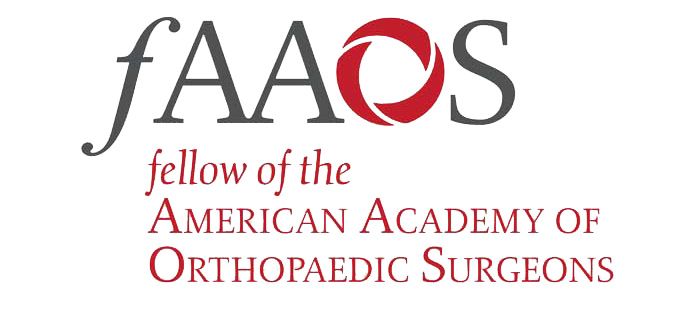Arthrosis and arthritis are similar. The two ailments have many common factors. Their symptoms are similar, as well, and affect the joints, bones, and ligaments. When considering arthritis vs. arthrosis, knowing the prominent distinctions between the conditions is essential. If you know the difference between the two conditions, it’s easier to treat either arthritis or arthrosis. Knowing which one you’re diagnosed with can help you understand your treatment options.
Arthrosis, Arthritis, And How They Impact Joint Pain Differently
“Arthritis” is a term that describes many conditions that affect your joints. Occasionally, arthritis can affect the skin, organs, or muscles. The most diagnosed types of arthritis are rheumatoid arthritis, gout, and osteoarthritis.
If you have rheumatoid arthritis, the synovial membranes around the joints swell and become inflamed. If untreated, the membranes and cartilage are destroyed on the bones.
Osteoarthritis is the deterioration of the cartilage around your bones. Cartilage is what makes your joints capable of moving smoothly. Osteoarthritis is commonly found in elderly patients, and it is excruciating. The bones move against each other directly as the joints move, resulting in swelling and stiffness. The more your bones rub together, the more likely you will experience broken bones. Osteoarthritis can lead to fractures and breaks if untreated.
Your symptoms primarily depend on the kind of arthritis you have. But the first symptoms to manifest are usually pain and stiffness. That doesn’t mean all patients will experience the same symptoms. Some patients experience only one or two, while others experience none of the common symptoms. Other symptoms common in all types of arthritis are:
- Reduced range of motion
- Redness around the joints
- Joint swelling
Alternatively, arthrosis is another name for osteoarthritis. As far as diagnosis goes, arthrosis is the most commonly diagnosed form. The condition occurs due to the wearing out of cartilage on the joints. It happens because of aging or high-impact exercise and sports. Over time, the cartilage can wear out and cause painful bone-to-bone contact. Arthrosis can affect any of your joints, but the knees, hands, neck, and hips are the most common locations.
Patients with arthrosis often experience pain, stiffness, reduced flexibility, bone-to-bone rubbing, swelling, and bone spurs. While these are all painful symptoms, there are treatments to reduce pain and swelling.
Arthritis is a term that covers all forms of arthritis, including arthrosis. Arthrosis can affect any joint and occurs more frequently as you age. Occasionally, arthritis can refer to rheumatoid arthritis, while osteoarthritis refers to arthrosis. While the terms are interchangeable, that doesn’t mean they’re the same.
Treating Arthrosis and Arthritis at Dearborn & Associates
Whether you suffer from arthritis or arthrosis, the physicians at Dearborn & Associates can help you learn how to mitigate your symptoms. They can explain the differences between the two and find the correct treatment. Whether you’re diagnosed with arthritis or arthrosis, you need an experienced physician to treat you. And that is what the physicians at Dearborn & Associates strive for. They know how to treat both conditions and are compassionate and caring. Call us to speak with a physician about treatment.





